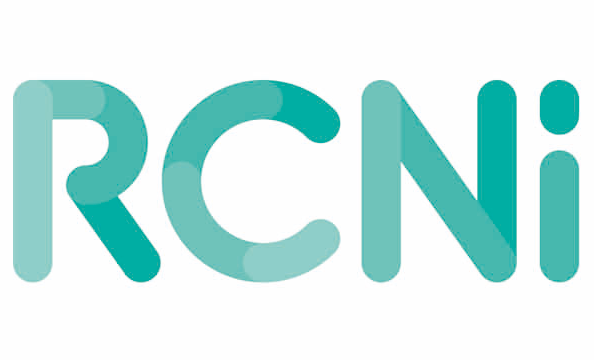Lee Hollins
Use of restraint and force: steps towards greater transparency and accountability
Ethical training plans and sharing people’s lived experiences can only be welcomed
Martial arts, disruptive innovation and the future of physical interventions in...
Physical intervention techniques must continue to be refined and developed to ensure they are safe and fit for purpose. However, it could be argued that innovation in this area has plateaued, partly because training providers build their business around fixed techniques, which leads to stasis. Further, the drive to eliminate restrictive practices has placed a focus on prevention of physical restraint and physical intervention, rather than evolution of the techniques. This article considers martial arts, the origin of most physical restraint techniques, and examines how they have been modernised, using Christensen’s failure framework, to instigate critical debate about how physical intervention techniques need to improve.
Physical interventions: hiding in plain sight
The 2014 launch of Positive and Proactive Care: Reducing the Need for Restrictive Interventions by the Department of Health (DH) in England was a landmark event. It marked the transition from a world where providers had to justify physical interventions and other restrictive practices, to one where they had to provide evidence about how they were actively working to eliminate such strategies. For some, this has marked a move from a world where restraint was used to one where strategies such as physical intervention are consigned to history. This article examines some of the challenges faced by service providers as they make the transition to a post-restraint world. The author goes on to argue that, rather than being ignored or forgotten about, physical interventions need to be examined more closely than ever before. By focusing on physical interventions, we will see the data-gathering requirements of positive and proactive care, and ensure we can learn more about how to make physical interventions safer, more person-centred and more effective.
Physical interventions: hiding in plain sight
The 2014 launch of Positive and Proactive Care: Reducing the Need for Restrictive Interventions by the Department of Health (DH) in England was a landmark event. It marked the transition from a world where providers had to justify physical interventions and other restrictive practices, to one where they had to provide evidence about how they were actively working to eliminate such strategies. For some, this has marked a move from a world where restraint was used to one where strategies such as physical intervention are consigned to history. This article examines some of the challenges faced by service providers as they make the transition to a post-restraint world. The author goes on to argue that, rather than being ignored or forgotten about, physical interventions need to be examined more closely than ever before. By focusing on physical interventions, we will see the data-gathering requirements of positive and proactive care, and ensure we can learn more about how to make physical interventions safer, more person-centred and more effective.
Using a physiotherapist to assess the suitability of physical intervention skills
It is universally agreed that the use of physical intervention techniques on service users with learning disabilities is to be avoided if possible. This article explores how a physiotherapist can bring valuable in-depth anatomical and physiological knowledge to the multidisciplinary team. This specialist knowledge can be used to augment the existing expertise in the multidisciplinary team and ensure that, when physical intervention techniques are proposed as a measure of last resort, they are assessed as suitable and safe for the individual.





